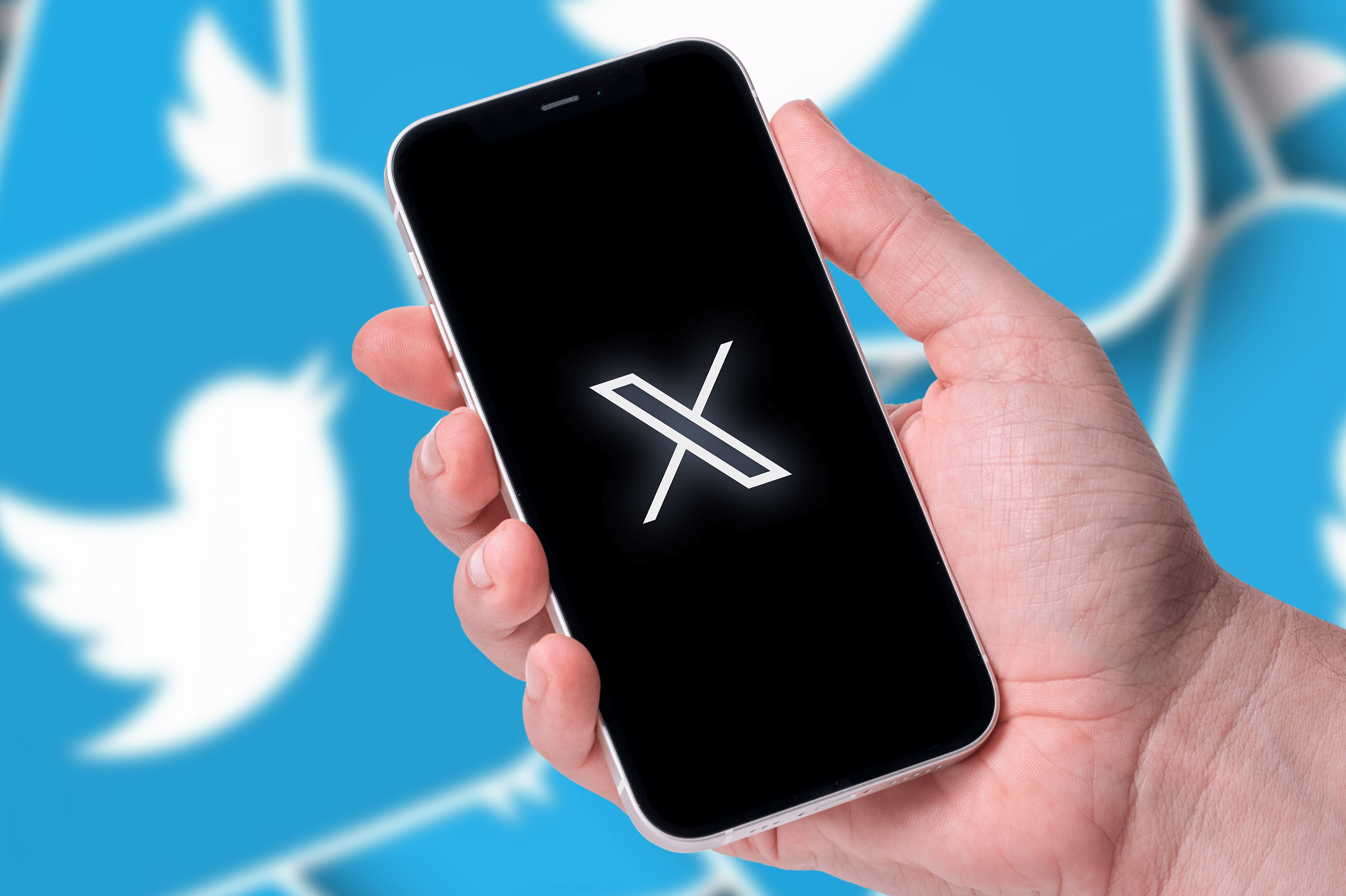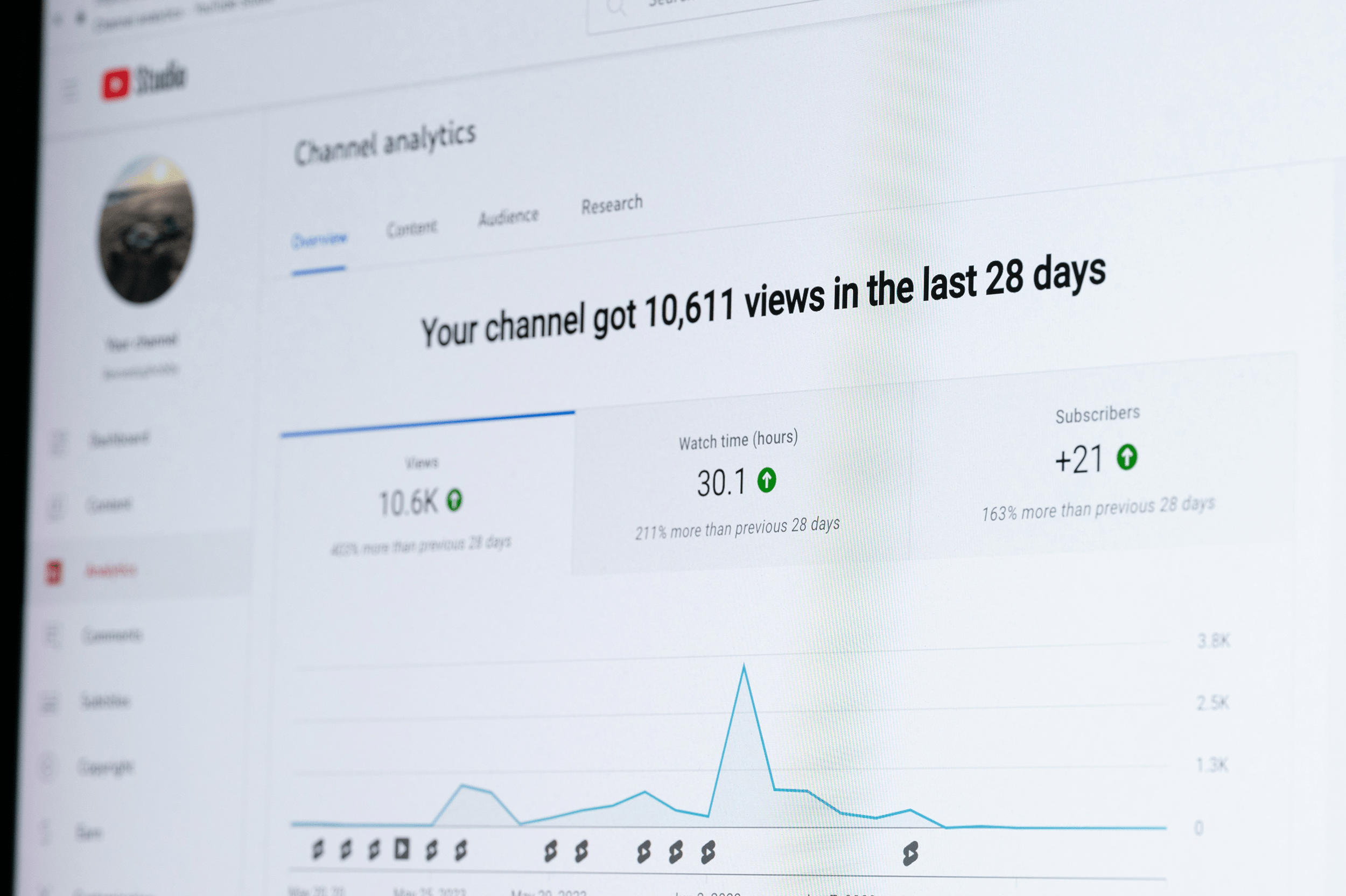Are you using LinkedIn Pulse to get your brand out there in front of potential customers?
If you’re not familiar with LinkedIn Pulse, it’s simply a publishing platform on LinkedIn where you can post articles that your target audience would find relevant – just like the articles you’d post on your website’s blog.
LinkedIn Pulse articles can show up in people’s news feeds (if they’re connected to you or following you, or if one of their connections has “liked” the article), meaning you may well get many more people reading your content than if you’d published it on your own website. Sometimes, articles will also appear in people’s notifications.
Here’s what that looks like:

In the past, LinkedIn Pulse could be searched, but it no longer has search functionality. Of course, your articles on LinkedIn Pulse can still be found by people doing a Google search – particularly if they include the word “LinkedIn” in their search query.
How LinkedIn Pulse Works
To publish an article on LinkedIn Pulse, you simply login to LinkedIn (on a computer or tablet – you can’t do this from your phone) and click the “Write an article” that appears immediately below the box where you can post regular LinkedIn updates:

Next, type a headline for your article and click in “Write here” to type the article itself. You can include images, video links, tweets, slides, and more.
Once you’re ready, click “Publish.” You can edit or delete your article after publication if you change your mind about something.
By default, people will be able to leave comments on your articles: if you don’t want them to (perhaps you’re writing about a sensitive topic or simply don’t want to deal with checking and replying to comments), you can disable comments.
Seven Tips for Using LinkedIn Pulse Effectively

How can you get the most from LinkedIn Pulse? It’s all about using the best content possible – and making sure it’s instantly engaging for people who’re scrolling down their LinkedIn news feed.
You can:
#1: Repurpose Your Best Content From Your Website
It’s fine to re-use content that’s been published on your own website: for instance, if your team publishes weekly blog posts, some of these could make great pieces to repurpose for LinkedIn. Make sure you choose something that would be interesting or useful to people who don’t already know about your brand.
#2: Use Numbers In Your Title
Numbers always do well in titles – and LinkedIn Pulse articles are no exception here. A title titled “Eight SEO Mistakes You’re Probably Making” is going to attract more readers than “SEO Mistakes You’re Probably Making.” Even if your post isn’t a listicle, you can still use numbers – e.g., specific figures for times or monetary amounts (e.g.,“How We Launched a Product in Three Days … and Made $156,250”).
#3: Include Eye-Catching Images – Especially a Cover Image
Images help to break up your text and keep people reading, so it’s definitely worth including them. (You might also want to consider other types of non-text content, like embedded tweets, or even slides.) Adding a cover image will help your article stand out in newsfeeds and on your profile: it’ll appear right at the top of your article, and it’s a great way to grab attention.
For useful tools that can help you create custom images for your posts, check out this list of 50 free image creators for marketers.
#4: Build Your LinkedIn Following
The more connections and followers you have on LinkedIn, the more chances you have to get your articles seen, “liked,” and commented on. When your connections and followers engage with your articles, that can push your articles out into the newsfeeds of their connections and followers, resulting in a snowball effect of growing attention. Make sure you’re including a LinkedIn “follow” button on your site so people can easily follow you there.
#5: Make Sure Your Profile is Visible to the Public
You don’t want your articles to only be seen by your LinkedIn followers and connections – so you need to make sure that your profile (and thus the content you post) is visible to the public. This means setting your public profile visibility to “everyone”.
#6: Publish Content Regularly
As with any form of social media or online publishing, you’re unlikely to see any success from putting up a single piece of content. Come up with a schedule for putting out LinkedIn Pulse articles on a regular basis – perhaps once a week – so that you can build up a body of content there.
If you’re looking for ideas, check out our list of 50 ways to generate blog post ideas that work.
#7: Include Links to Your Website
While your LinkedIn Pulse articles shouldn’t read like a thinly disguised advertisement, you also don’t want them to be entirely divorced from your company website. Make sure you’re including links to further content on your site, where appropriate, or even to your products and services when those are relevant. That way, you can encourage casual readers on LinkedIn to become more engaged potential customers as they interact with more of your content.
If you’ve never tried publishing on LinkedIn Pulse before, why not give it a go this week? Pick a few of the best existing articles from your website and create a content calendar for the next month: edit those articles, add images and make them look as good as possible, and publish one each week on LinkedIn Pulse to start growing your audience.
Want to make it easy for your readers to share your content to LinkedIn? Install the LinkedIn share button on your blog or website today. With the LinkedIn share button, your visitors can share your carefully crafted content with their LinkedIn connections with a single click. It takes just minutes to install, and it’s totally free to use!




